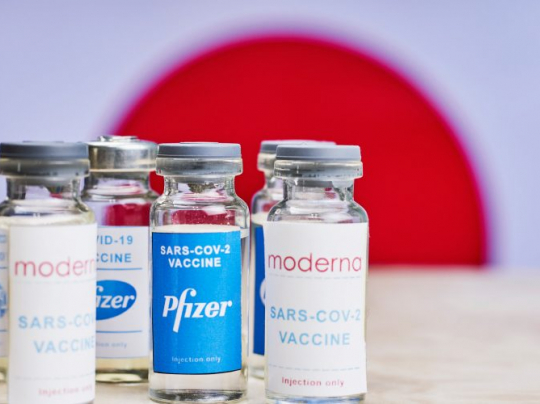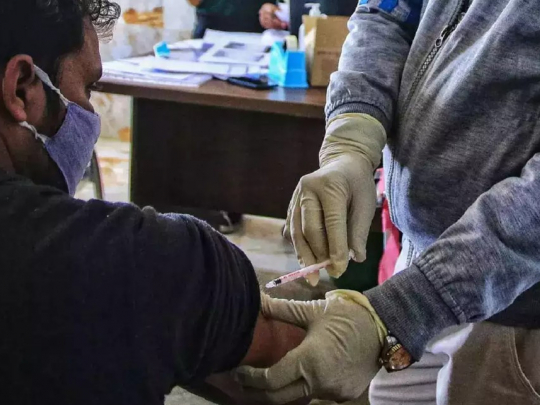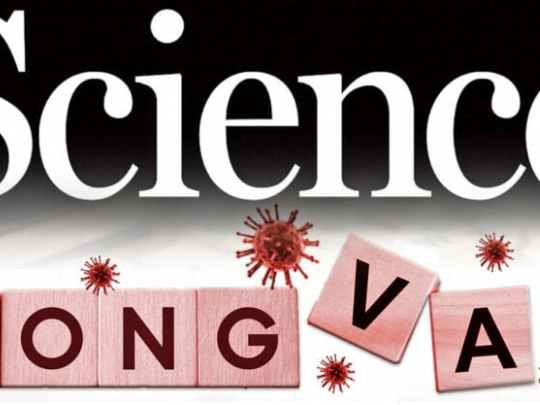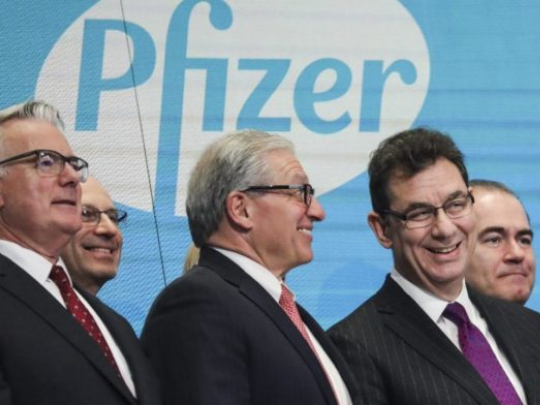Pfizer Vaccine Offers Less Than 1% Absolute Risk Reduction

Pause - set your Pulse...
Take a breath. Release the tension in your body. Place attention on your physical heart. Breathe slowly into the area for 60 seconds, focusing on feeling a sense of ease. Click here to learn why we suggest this.
At the beginning of the vaccine rollout, government health authorities, big pharmaceutical companies like Pfizer, and mainstream media were beaming out the the idea that the vaccines showed 95 percent efficacy when it comes to reducing your risk of contracting symptomatic COVID. This was the “Relative Risk Reduction.” What was not conveyed to people during this time was the “Absolute Risk Reduction”, also referred to as “risk difference.”
According to a paper in The Lancet,
“It does not mean that 95% of people are protected from disease with the vaccine”
“If we vaccinated a population of 100?000 and protected 95% of them, that would leave 5000 individuals diseased over 3 months, which is almost the current overall COVID-19 case rate in the UK. Rather, a 95% vaccine efficacy means that instead of 1000 COVID-19 cases in a population of 100?000 without vaccine (from the placebo arm of the abovementioned trials, approximately 1% would be ill with COVID-19 and 99% would not) we would expect 50 cases (99·95% of the population is disease-free, at least for 3 months).”
https://www.thelancet.com/journals/laninf/article/PIIS1473-3099(21)00075-X/fulltext
In science, Absolute Risk Reduction is the most useful way of presenting research results to help your decision-making, so why wasn’t this number emphasized along with the Relative Risk Reduction? Who knows.
The U.S. Food and Drug Administration (FDA) even strongly advises that Absolute Risk Reduction be provided.
“Provide absolute risks, not just relative risks. Patients are unduly influenced when risk information is presented using a relative risk approach; this can result in suboptimal decisions. Thus, an absolute risk format should be used.”
Communicating Risks and Benefits, An Evidence Based User’s Guide, FDA.
A paper published in The Lancet in April titled “COVID-19 vaccine efficacy and effectiveness—the elephant (not) in the room” also brought up these concerns, stating the following,
“Furthermore, excerpts of these results have been widely communicated and debated through press releases and media, sometimes in misleading ways. Although attention has focused on vaccine efficacy and comparing the reduction of the number of symptomatic cases, fully understanding the efficacy and effectiveness of vaccines is less straightforward than it might seem.
Although the RRR considers only participants who could benefit from the vaccine, the absolute risk reduction (ARR), which is the difference between attack rates with and without a vaccine, considers the whole population. ARRs tend to be ignored because they give a much less impressive effect size than RRRs: 1·3% for the AstraZeneca–Oxford, 1·2% for the Moderna–NIH, 1·2% for the J&J, 0·93% for the Gamaleya, and 0·84% for the Pfizer–BioNTech vaccines.
With the use of only RRRs, and omitting ARRs, reporting bias is introduced, which affects the interpretation of vaccine efficacy. When communicating about vaccine efficacy, especially for public health decisions such as choosing the type of vaccines to purchase and deploy, having a full picture of what the data actually show is important, and ensuring comparisons are based on the combined evidence that puts vaccine trial results in context and not just looking at one summary measure, is also important.”
An article published in the British Medical Journal also explains,
Relative risk measures do not take into account the individuals’ risk of achieving the intended outcome without the intervention. Therefore, they do not give a true reflection of how much benefit the individual would derive from the intervention, as they cannot discriminate between small and large treatment effects. They usually tend to overestimate the benefits of an intervention and, for this reason, drug companies and the popular media love relative risk measures! Absolute risk measures overcome these drawbacks because they reflect the baseline risk and are better at discriminating between small and large treatment effects.
Below is an excellent video that was put out by the Canadian COVID Care Alliance. They are a group made up of more than one hundred independent doctors, scientists, professors and health care professionals. It explains clearly the difference between Absolute Risk Reduction and Relative Risk Reduction.
- Source : Arjun Walia - The Pulse


















